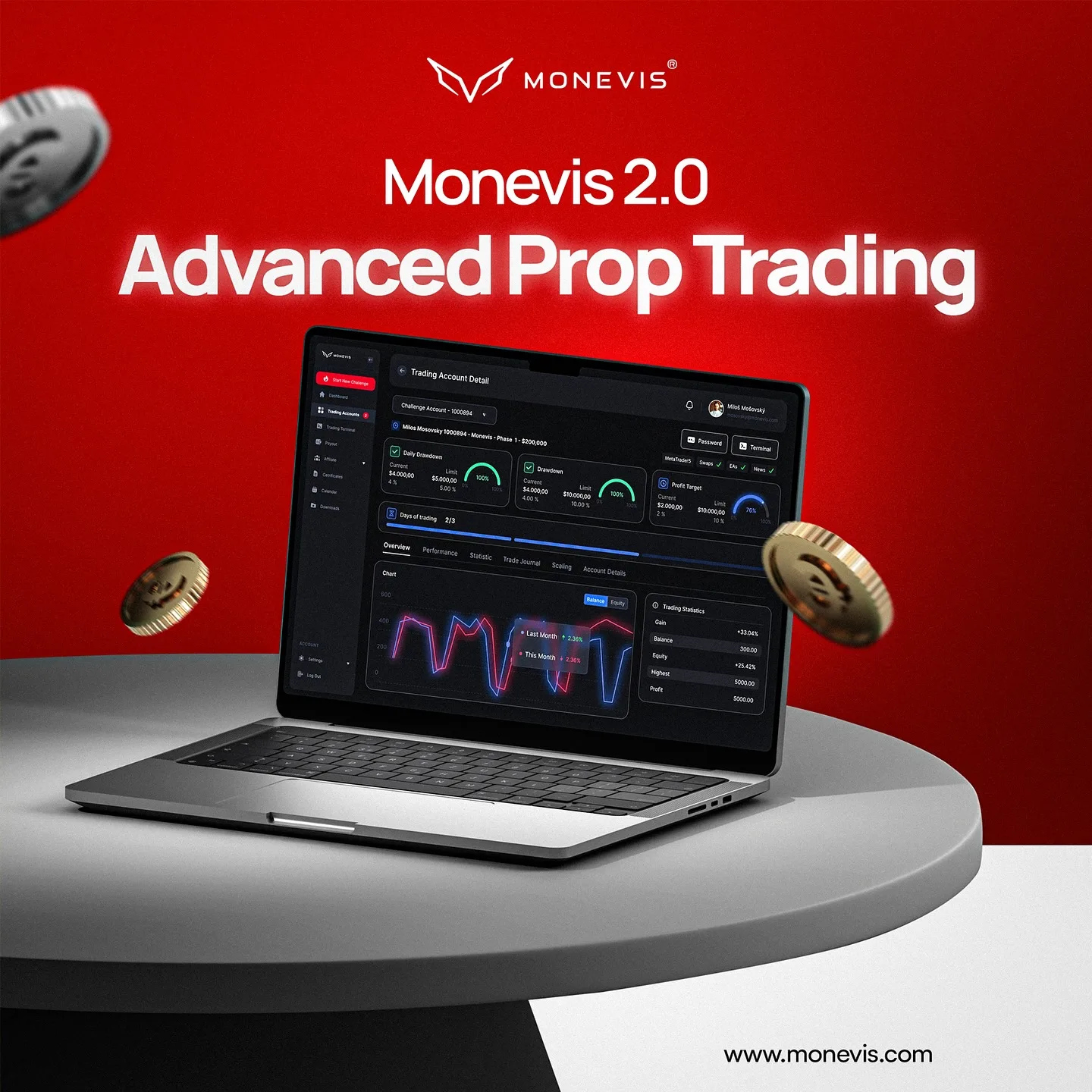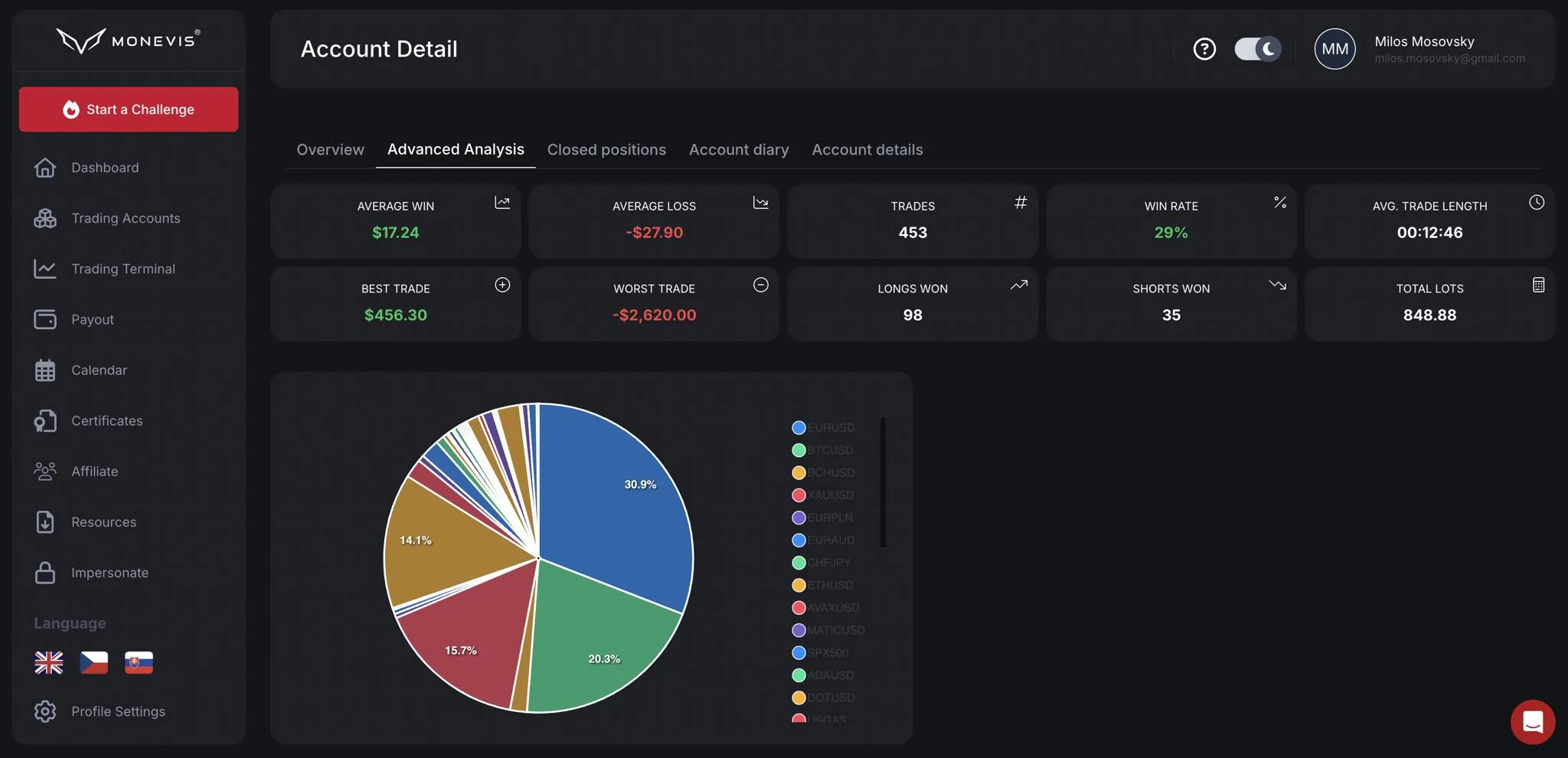CONSEJO: Libere su potencial comercial con Monevis

Forex, commodities, indices, cryptocurrencies, CFDs… If you are just starting out in trading, these terms may seem like a confusing mix. Let’s take a closer look at these concepts so you can better understand what each market offers and what their unique characteristics are.
Forex: The Largest Global Financial Market
Forex (Foreign Exchange Market) is the market for currencies, where different currency pairs like EUR/USD or USD/JPY are traded. Forex is the largest and most liquid market in the world, with an average daily trading volume exceeding $6 trillion. The goal of Forex traders is to profit from fluctuations in exchange rates between currencies. Due to its high liquidity, transactions are executed very quickly, allowing for both short-term and long-term trading.
Commodities: Trading Essential Raw Materials
Commodities include essential raw materials crucial for the global economy, such as oil, gold, wheat, or silver. These markets are mainly driven by supply and demand—when there is a shortage of oil, its price usually rises. Trading commodities can be attractive to investors looking to hedge against inflation or respond to macroeconomic events, such as natural disasters or political conflicts that may affect the supply of these resources.
Indices: Tracking Market Performance
Indices represent a group of stocks and measure the performance of a specific market or sector. For example, the S&P 500 tracks the 500 largest publicly traded companies in the United States. Trading indices allows investors to speculate on the movement of an entire market, which can be less risky than trading individual stocks because it diversifies risk. Indices reflect investor sentiment and economic conditions in different regions.
Cryptocurrencies: The Digital Revolution
Cryptocurrencies are digital or virtual currencies that use cryptography to secure transactions. Bitcoin is the most well-known of them, but there are many others, such as Ethereum, Ripple, or Litecoin. Cryptocurrency markets are characterized by high volatility and are attractive to traders interested in fast and dramatic price changes. They are also independent of traditional financial institutions and represent a new approach to financial transactions.
CFDs: Trading Various Markets with a Single Instrument
CFDs (Contracts for Difference) are financial instruments that allow traders to speculate on the price movement of different assets (currencies, commodities, indices, cryptocurrencies) without owning the underlying asset. CFDs allow leveraged trading, meaning that with relatively little capital, you can control a larger position. While this can significantly increase potential profits, it also raises the risk of losses. CFD trading is popular due to its flexibility and the ability to speculate on both rising and falling markets.
Which Market Is Right for You?
When deciding which market to focus on, it is important to consider your strategy, risk tolerance, and knowledge of a particular market. Forex may be attractive to those who enjoy high liquidity and quick transactions, while commodities are ideal for investors who want to diversify their portfolios and protect against inflation. Cryptocurrencies appeal to more daring traders looking to take advantage of high volatility, while CFDs provide the opportunity to speculate across multiple markets using a single instrument.
Each of these markets has its unique advantages and risks, so it is essential to stay informed and carefully consider which one is right for you.
CONSEJO: Libere su potencial comercial con Monevis

